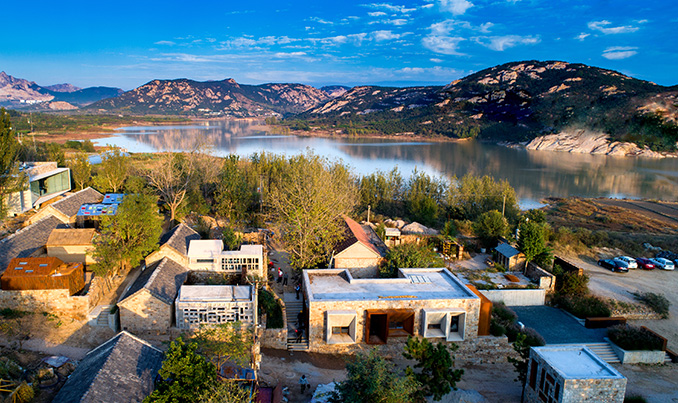
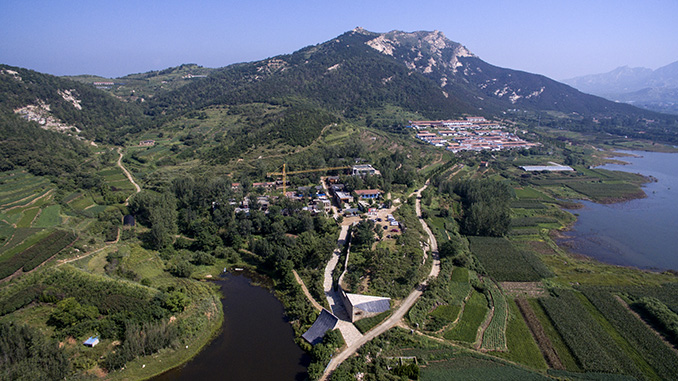
Phoenix Lake Village is a rural overall construction project and a hollow village regeneration practice. It was designed and built by Xiangwei Kong with his Guanzhuscape design team all the way. The village was originally called Du jiaping, which was a typical stone-made settlement in southeastern Shandong. In the process of urbanization, the village is abandoned, most of the old houses are collapsed, and more than a dozen old houses are left. Phoenix villages are positioned as a Rural Art District overall, including B&B hotels and artist studios, and contain cultural space such as forest art gallery, water theater, hilltop church, hillside garden, library, and museum. It also includes recreational space such as teahouse, café, restaurant, and children’s commune, and it has left an area to create an old-house museum.
The overall design concept: the combination of protection and regeneration. Retaining the relics, old buildings and trees, adding bold new elements into them, and keeping the texture of the street and courtyard. In the use of materials, they use warm yellow old stones, concrete and weathering steel plates from the collapsed old houses to pursue the authenticity of materials; as for the landscape, they use old materials, and plant weeds; they use modern language as the spatial and architectural language.
Construction concept: transform the design into construction. Designers work in the field, and participate in the specific construction process, called “design at home “. The craftsman’s skills are combined with and fed back to the designer during the process of construction. The design work integrated with the natural life during the long-term construction in the field, and in this period, poetry, prose and painting were produced. The first phase lasted for three years. They constructed the village entrance, a lane of the artist studio, B&B hotel reception center, restaurant and old courtyard hostel.
Village Entrance: using the image of the mountain, they put two pieces of sculptures made of the local stone to form the entrance of the village, which echo the mountains in the distance.
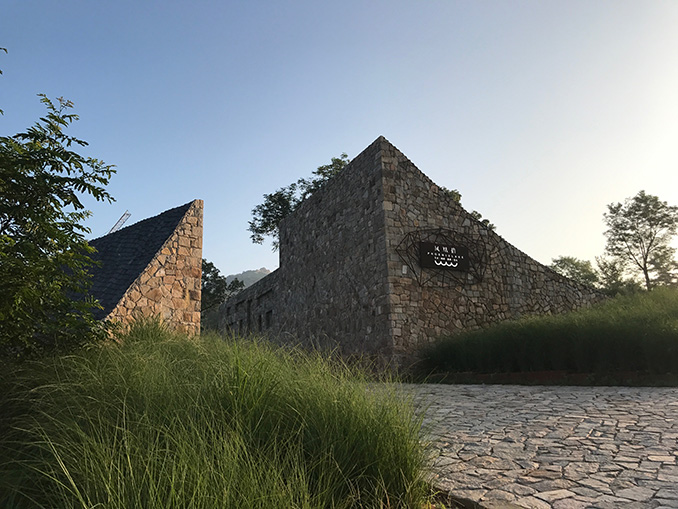

Artist Studio: It is located in the first deserted alley on the west side. The old walls and the trees in the yard have remained, and the houses are built in the space. The main construction material is the stone from the abandoned old house, and the windows are built of concrete and weathering steel plates.
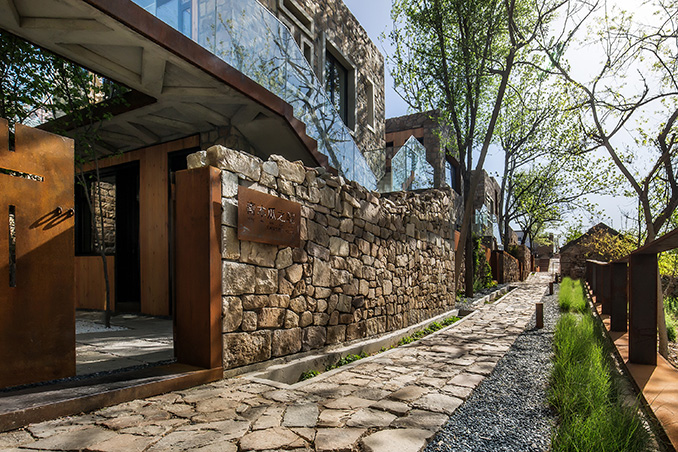
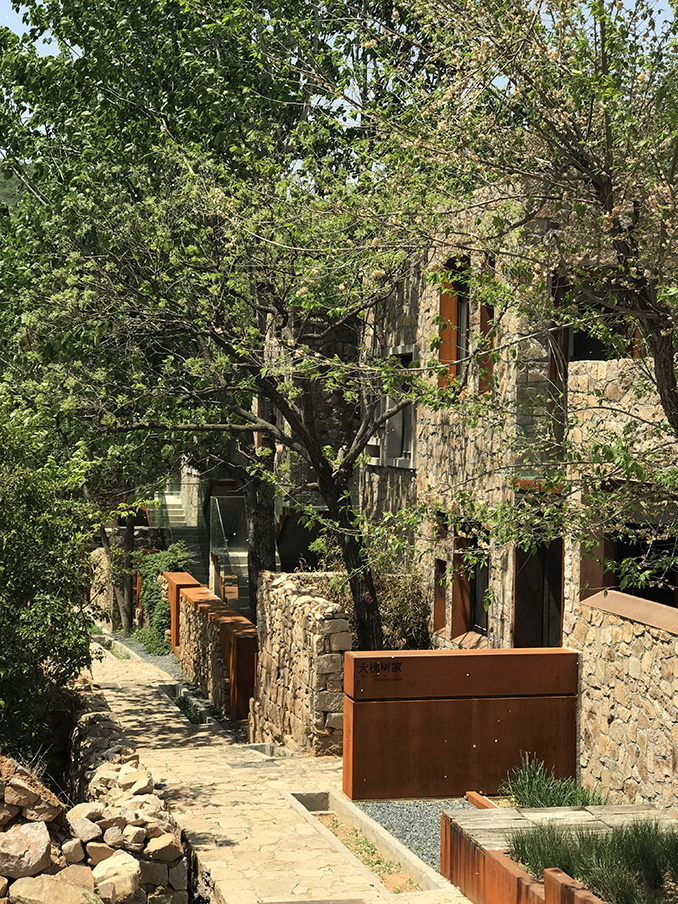
B&B Hotel Reception Center: located in the village square, it is a kind of square box building constructed on the basis of an old house. Its building materials are old stone, concrete and weathering steel. The courtyard and terrace are planted with Miscanthus. The inside is made up of concrete. Besides, the sofa and souvenir cabinets are also prefabricated with concrete.
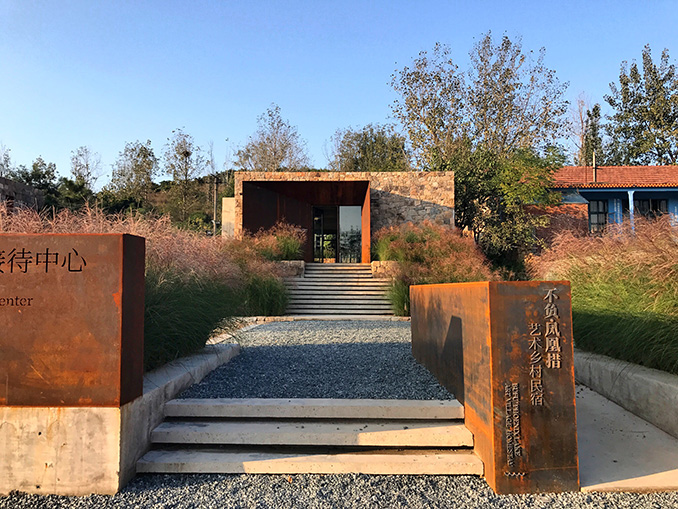
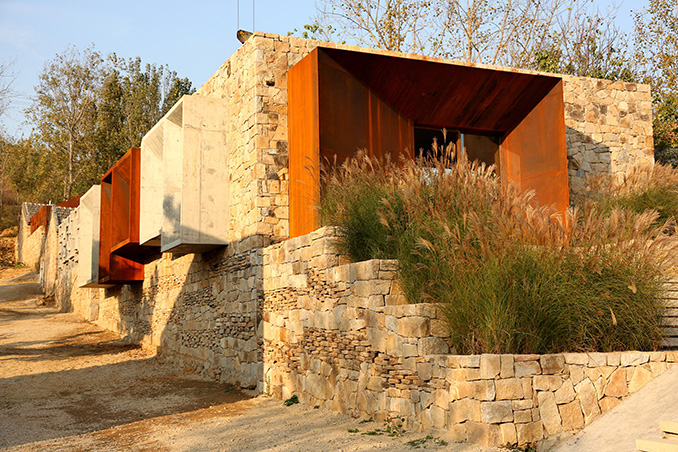
Plain Restaurant: Plain Restaurant is situated in the center of Phoenix villages hotel area, surrounded by old houses and trees. The name is derived from plain concrete. Plain is a kind of beauty, and is also a kind of life attitude. The concept of the plain restaurant is also consistent with the original authenticity of the pursuit of materials in the Phoenix villages. The design of the restaurant space pursues transparency and the east and south sides use large windows. The building materials are made of plain concrete and local stones. The non-modified concrete, together with the clear and powerful geometric form, presents the primitive aesthetic feeling. The interior of the restaurant is wholly made up of plain concrete, including the bar, the tables and the lockers. The roof of the dining room is made of triangular light wells, which have various changes of lights all the day, and the building elements such as doors and windows are also made by hand.
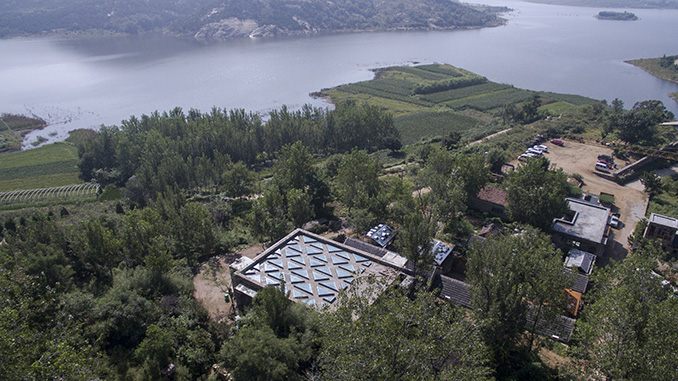
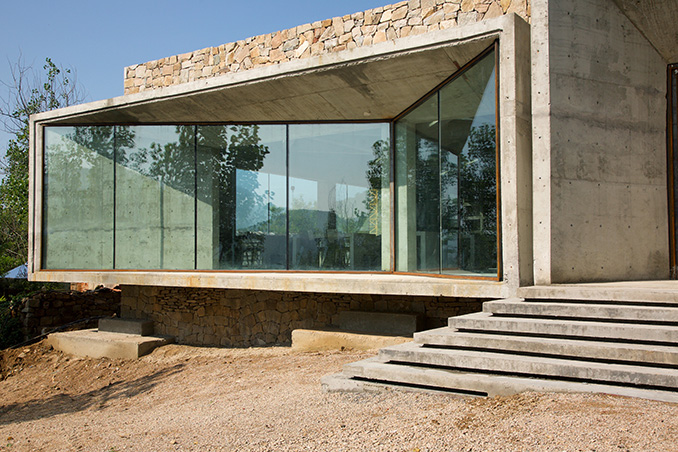
Zhang Shu Yard: The cement precast cottage is a retrospection of the symbols of the cement prefabrication decoration in the mid-20th century. All the concrete blocks were prefabricated by the carpenter uncle Zhang, hence the yard is named Zhang Shu Yard. The concrete waterscape in the yard is a response to the house.
Stone Courtyard: the main building is the granitic plaster hut, which recalls the granitic plaster building of the last century. An old apricot tree is inside the hut.
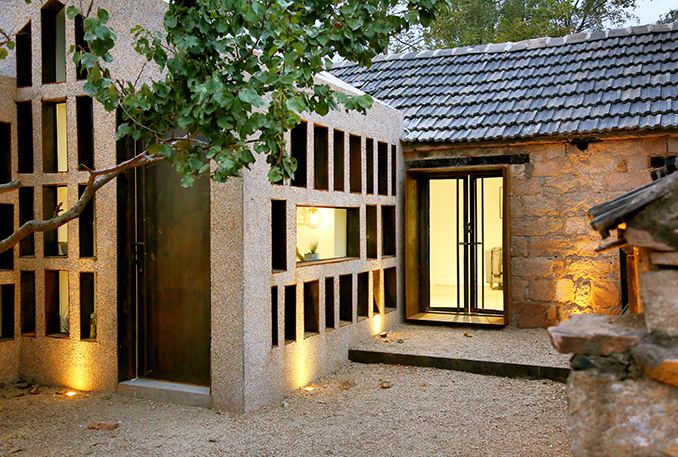
Embroidery Courtyard: the main building is a rusty steel cabin, and the waterscape in the yard is also made of rusty steel plate.
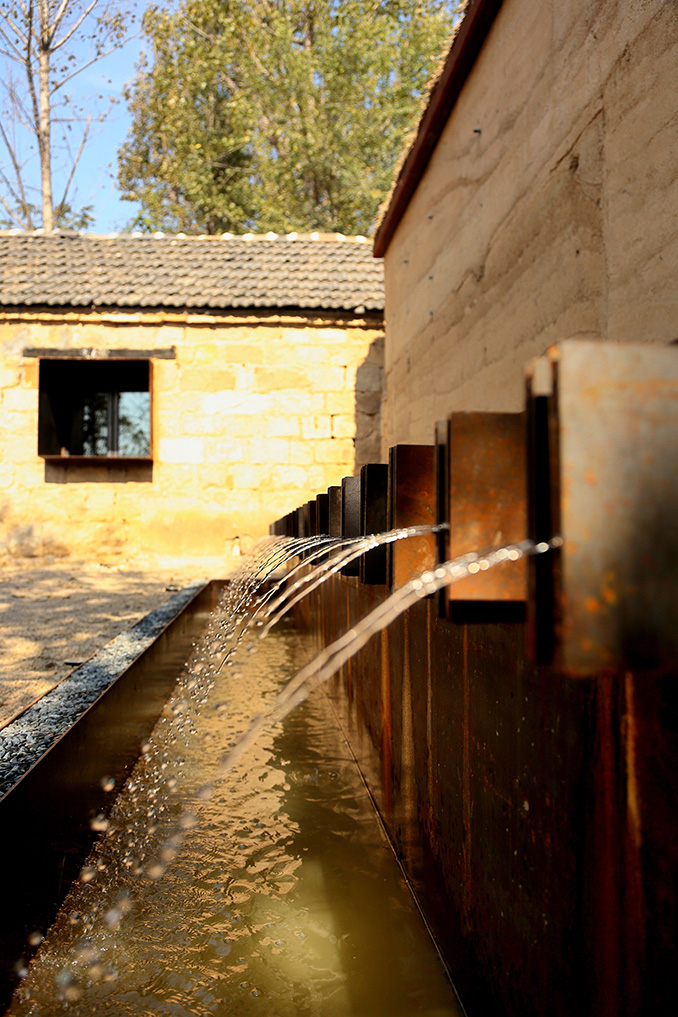
Rammed Earth House: the main building is a rammed earth construction. It is the memories of the rammed earth building. The cabin windows of the building are made up of concrete, steel plate, and the mirror stainless steel.
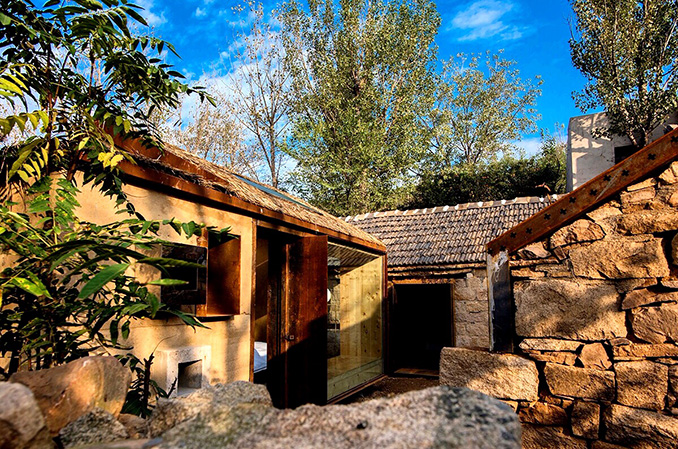
Mirror Courtyard: the main building is made of mirror stainless steel, and is the building with the most intense contrast. There are a lot of papaya trees in the yard, and the indoor roof is made up of stained glass windows.
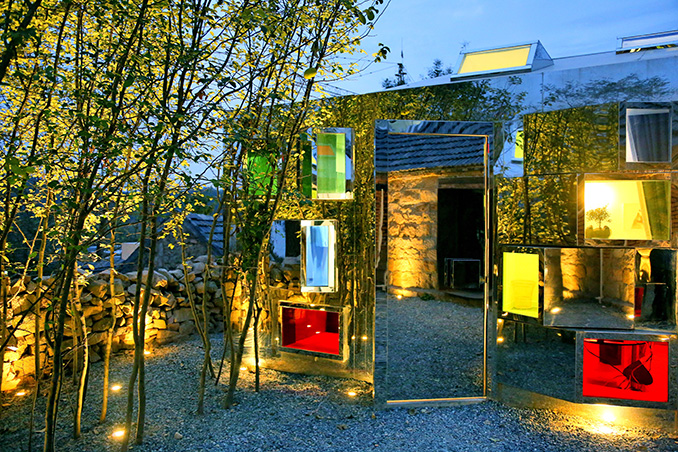
Phoenix lake Village, the regeneration of abandoned village
Architect’ Firm | Guanzhuscape Planning and Design Institute
Lead Architects | Kong Xiangwei
Collaborators | Li Guodong, Liu Yulong, Wang Wen, Lin Licong, Teng Xin, Xu Jingan, Wang Ziyi, Zheng Yakai, Pang Liangliang, Xiao Tianyan
Project location | Dujiaping county,Rizhao city,Shandong province,China
Completion Year | December 2017
Gross Built Area (square meters or square foot): 2000M²
Photo credits | Kong Xiangwei, Cheng Xuefeng, Wang Ziyi
